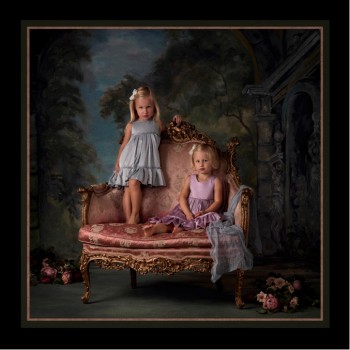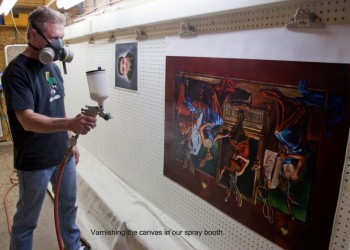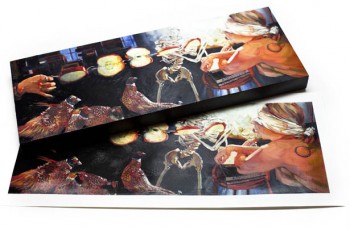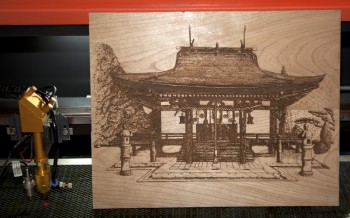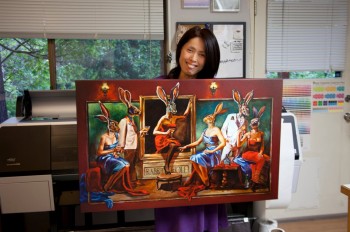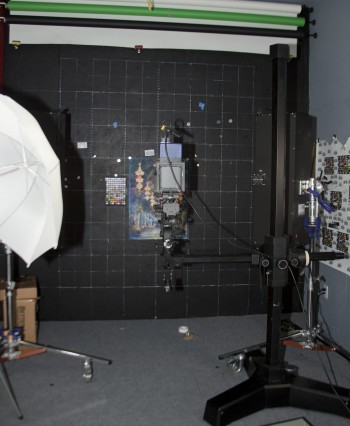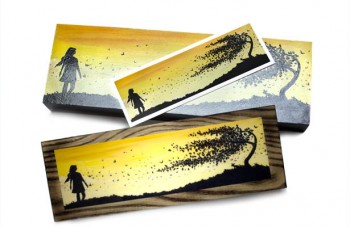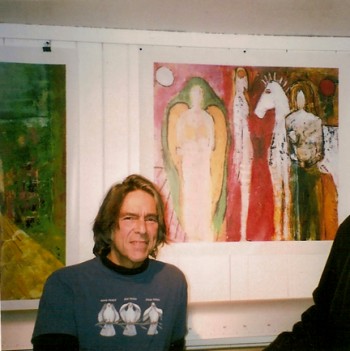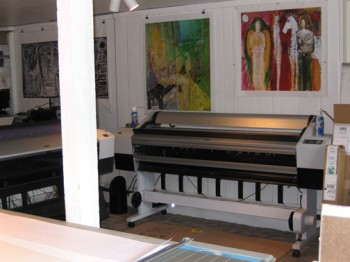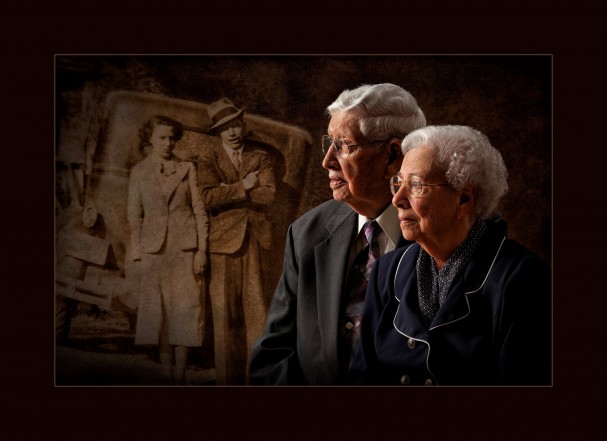
One of the great things about being a photographer has to be the interesting people you meet along the way. For this LexJet Sunset Award-winning print at the recent North Carolina Professional Photographers Association print competition, Randy McNeilly met Bonnie and Clyde.
Well, not really, but the old photo he used as a background for a profile portrait of a couple celebrating their 75th (!) wedding anniversary is a reasonable facsimile of the infamous pair. The pair McNeilly photographed, while not nearly as infamous, had tales to tell that even their daughter, who was there for the session, didn’t know about.
One of those nuggets was that the couple eloped some 75 years ago and had the photo McNeilly used as the background for the portrait snapped the day of their elopement as they leaned against an automobile of the day.
“We had a good laugh about them looking like Bonnie and Clyde in that photo. They brought that photo in the same day as the portrait session and that’s when I started developing the idea,” says McNeilly. “I photographed them separately with a Hasselblad medium-format digital camera and I did minimal retouching because I didn’t want to take any character out of the portraits. I created a composite of the two portraits, and used Nik filters and textured overlays to add some grunge to the background.”
The creative juxtaposition of the couple, which McNeilly titled Now and Then, certainly got the judges’ attention. McNeilly printed the image on LexJet Sunset Fibre Elite on his Epson Stylus Pro 9900 through ImagePrint RIP software.
“I use Fibre Elite a lot and I’ve been a long-time fan of it. I really like the non-gimmicky look of it; it looks like the old days when I printed black-and-white photos on fibre paper. It renders this image particularly well and seems to have a wider color gamut,” says McNeilly.
For more information about Randy McNeilly and his print making, check out this previous blog post.

